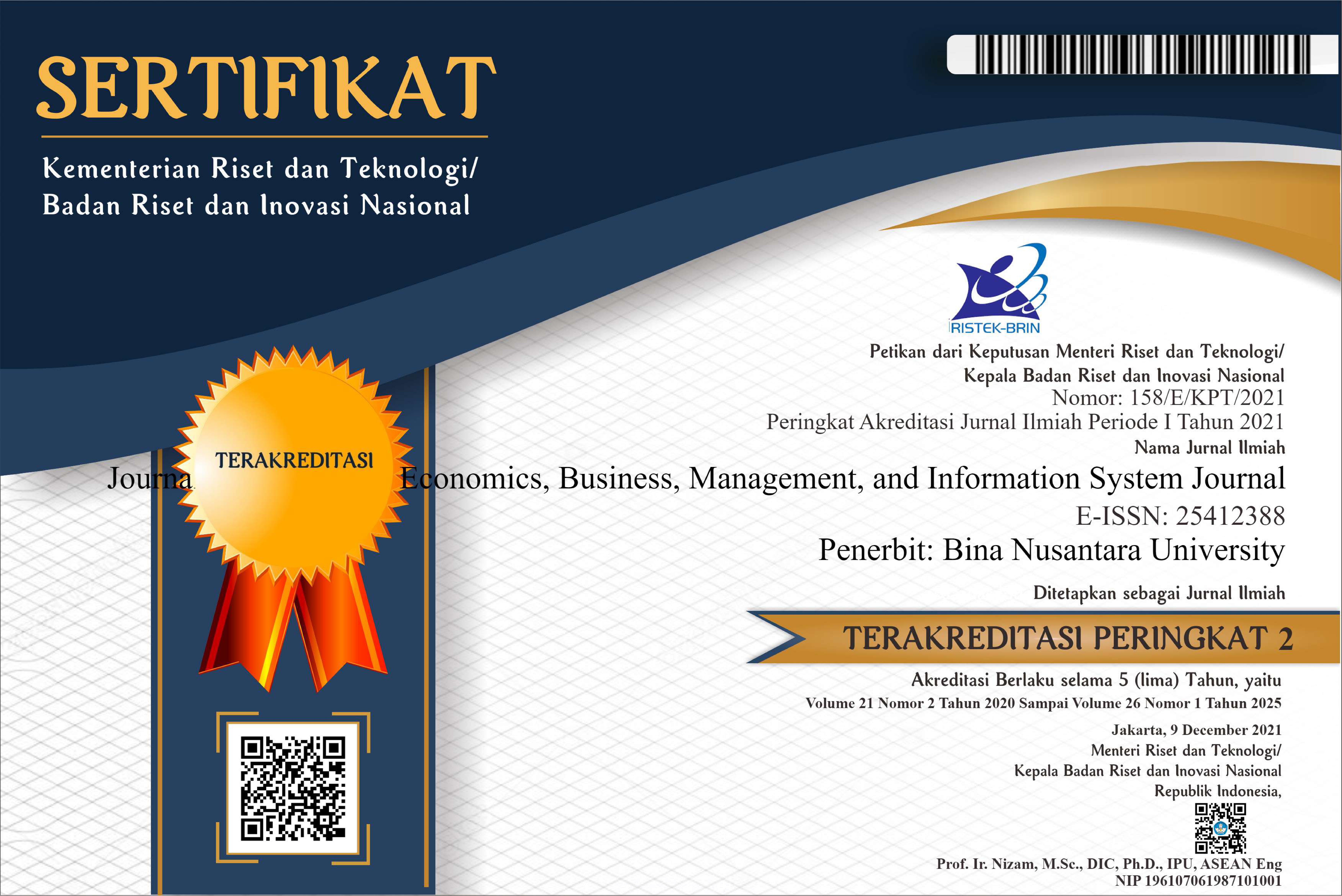Medical Economics: End the FDA (Food and Drug Administration)
DOI:
https://doi.org/10.21512/tw.v18i1.4052Keywords:
food and drug administration, pharmaceuticals, free enterpriseAbstract
The aim of this research is to know what FDA was done to get pure food and drug. Was it to put all the eggs in one basket and entrust the objective to a monopolistic agency which suffers no financial losses when it errors or would the authors be better off relying on a private, competitive certification industry, the firms of which can earn profits for accurate assessments and losses for erroneous ones? Ensuring the quality of pharmaceuticals was concerned, the best and most efficient means toward that end was reliance on free enterprise. The method used was the literature review by applying what the authors knew about the difference between competition and monopoly to an arena where all too seldom was it applied. It finds that the FDA cannot eliminate risk; only deny people from taking the calculated risk in the hope of curing disease. Legislation such as the Compassionate Freedom of Choice Act has been introduced with the intention of empowering patients to make informed decisions and allow them to take drugs not approved by the FDA.Plum Analytics
References
Animal Welfare Standards. (2016). Whole Foods Market. Retrieved on May 18th, 2017 from http://www.wholefoodsmarket.com/mission-values/animal-welfare/animal-welfare-basics.
Becker, G. S. (2002, 16 Sept). Get the FDA Out of the Way, and Drug Prices Will Drop. Retrieved April 3rd, 2016 from https://www.bloomberg.com/news/articles/2002-09-15/get-the-fda-out-of-the-way-and-drug-prices-will-drop
Bren, L. (2001). Frances Oldham Kelsey: FDA Medical Reviewer Leaves Her Mark on History. Retrieved May 18th, 2016 from https://www.researchgate.net/publication/11897561_Frances_Oldham_Kelsey_FDA_medical_reviewer_leaves_her_mark_on_history
Friedman, M. (2012). Common Sense Capitalism, The Food and Drug Administration and Self Interest Online video clip. Retrieved on April 3rd, 2016 from https://www.youtube.com/watch?v=apdi885ZdBA.
Goodman, J. C. (2011, 30 March). How Many Melanoma Patients Did the FDA Kill? Retrieved from https://www.healthworkscollective.com/how-many-melanoma-patients-did-fda-kill./.
Gottlieb, S. (2010, 23 Dec). The FDA Is Evading the Law. Retrieved from https://www.wsj.com/articles/SB10001424052748704034804576025981869663212.
Harris, J. W. (2014, 4 Nov). FDA Bureaucrats Kill 150,000 Americans. Retrieved April 4th, 2016 from https://www.theadvocates.org/fda-bureaucrats-kill-150000-americans/.
Henninger, D. (1990, 12 Dec). Will the FDA Revert to Type? The Wall Street Journal, 12, A16.
Higgs, R. (1994). Banning a Risky Product cannot Improve Any Consumer's Welfare (properly Understood), with Applications to FDA Testing Requirements. The Review of Austrian Economics, 7(2), 3-20.
Hoppe, H. H. (1993). A Four-Step Health-Care Solution. The Mises Institute Monthly, 11(4). Retrieved from http://mises.org/freemarket_detail.aspx?control=279.
Kaitin, K. I., Richard, B. W., & Lasagna, L. (1987). Trends in Drug Development: The 1985-86 New Drug Approvals. Journal of Clinical Pharmacology 27, 542-548.
Klein, D. B. & Tabarrok, A. (n.d.). Is the FDA Safe and Effective? Retrieved from http://www.fdareview.org/
Peltzman, S. (1973). An Evaluation of Consumer Protection Legislation: The 1962 Drug Amendments. Journal of Political Economy, 81(5), 1049–1091. http://www.journals.uchicago.edu/doi/abs/10.1086/260107?journalCode=jpe.
Peltzman, S. (1974). Regulation of Pharmaceutical Innovation: The 1962 Amendments. Washington, D.C.: American Enterprise Institute for Public Policy Research.
Peltzman, S. (1987). Regulation and Health: The Case of Mandatory Prescriptions and an Extension. Managerial and Decision Economics, 8(1), 41–46. Retrieved from https://www.researchgate.net/publication/227892108_Regulation_and_health_The_case of_mandatory_prescriptions_and_an_extension.
Peltzman, S. (1987). The Health Effects of Mandatory Prescriptions. Journal of Law and Economics, 30(2), 207–38. https://www.researchgate.net/publication/24100715_The_Health_Effects_of_Mandatory_Prescriptions.
Peltzman, S. (2005). Regulation and the Natural Progress of Opulence. Washington, D.C.: AEI-Brookings Joint Center on Regulatory Studies.
Sardi, B. (2007, 16 May). The FDA Has Blood on Its Hands. Retrieved from http://www.lewrockwell.com/sardi/sardi72.html.
Spiro, A. (2012, 10 Sept). What do Ron Paul, Northwest Biotherapeutics, and Novartis Have in Common? Retrieved from https://seekingalpha.com/article/856731-what-do-ron-paul-northwest-biotherapeutics-and-novartis-have-in-common.
Steinreich, D. (2005, 2 May). Playing God at the FDA. Retrieved from http://mises.org/daily/1805.
U. S. Food and Drug Administration (FDA). (2015). History. Retrieved from https://www.fda.gov/drugs/informationondrugs/approveddrugs/ucm279174.htm.
Downloads
Published
Issue
Section
License
Authors who publish with this journal agree to the following terms:
a. Authors retain copyright and grant the journal right of first publication with the work simultaneously licensed under a Creative Commons Attribution License - Share Alike that allows others to share the work with an acknowledgment of the work's authorship and initial publication in this journal.
b. Authors are able to enter into separate, additional contractual arrangements for the non-exclusive distribution of the journal's published version of the work (e.g., post it to an institutional repository or publish it in a book), with an acknowledgment of its initial publication in this journal.
c. Authors are permitted and encouraged to post their work online (e.g., in institutional repositories or on their website) prior to and during the submission process, as it can lead to productive exchanges, as well as earlier and greater citation of published work.
USER RIGHTS
All articles published Open Access will be immediately and permanently free for everyone to read and download. We are continuously working with our author communities to select the best choice of license options, currently being defined for this journal as follows: Creative Commons Attribution-Share Alike (CC BY-SA)

















